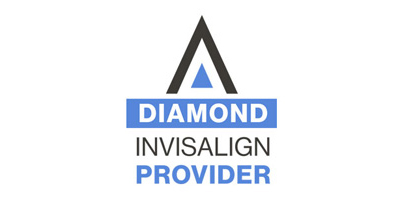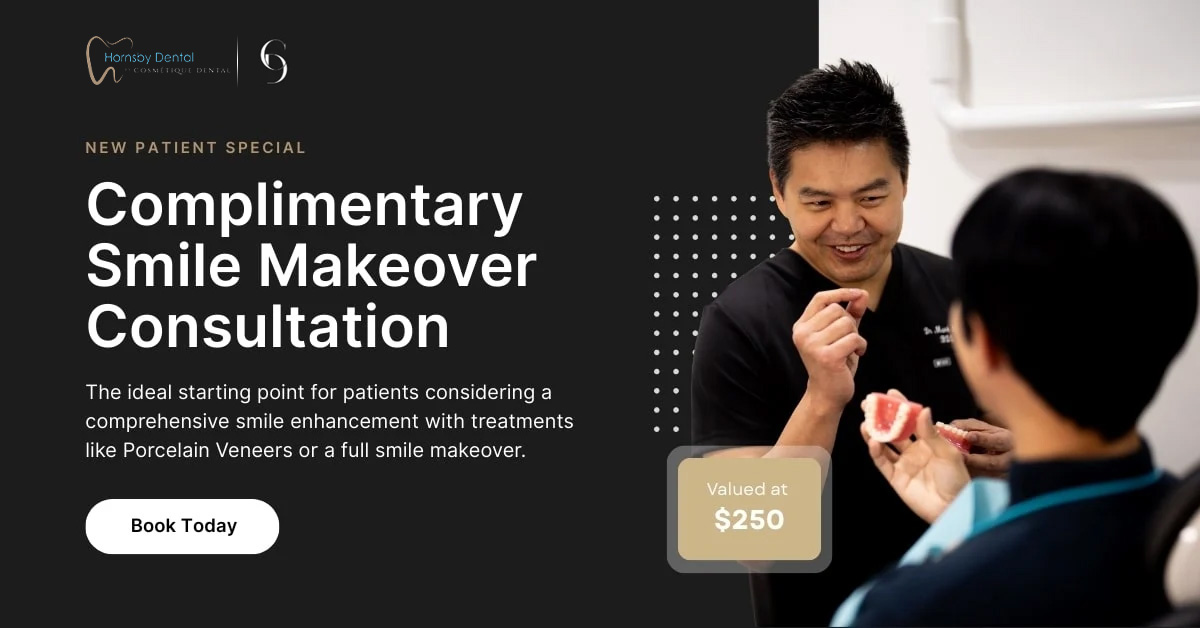Wisdom Teeth Removal
Wisdom teeth, also known as third molars, are the last set of teeth to emerge, usually appearing in late teens or early adulthood. Although many people have four wisdom teeth, some individuals don’t develop them at all. In some cases, wisdom teeth can remain healthy and functional throughout life. However, more often than not, these teeth can cause discomfort and lead to various dental issues that may require removal.
At Hornsby Dental, we offer comprehensive wisdom teeth removal services to ensure that your oral health is preserved, and any potential complications are avoided. In this article, we’ll provide a detailed overview of wisdom teeth, the removal process, when removal is necessary, and what to expect before, during, and after the procedure.
Understanding Wisdom Teeth
While wisdom teeth are often seen as a part of the normal aging process, their emergence can often lead to problems. This is because by the time they erupt, the jaw has usually stopped growing, and there may not be enough space for these teeth to emerge properly. When there isn’t enough room, wisdom teeth can become impacted, meaning they cannot fully emerge or grow in the correct position. Impacted wisdom teeth can cause a range of dental issues, such as pain, infection, and damage to neighbouring teeth.
What Causes Wisdom Teeth Problems?
Impaction:
Wisdom teeth may become trapped beneath the gum line due to lack of space. They can emerge partially, or sometimes horizontally, leading to infection and other complications.
Misalignment:
Sometimes, wisdom teeth may grow at an angle, putting pressure on adjacent teeth and causing misalignment.
Pericoronitis:
If only part of the tooth erupts through the gum, the flap of gum tissue covering the tooth can trap food and bacteria, leading to infection and inflammation (a condition known as pericoronitis).
Damage to Adjacent Teeth:
Impacted wisdom teeth can put pressure on neighbouring teeth, leading to their damage, decay, or shifting of teeth.
Cysts and Tumours:
Impacted wisdom teeth can sometimes lead to the development of cysts or fluid-filled sacs that can damage the surrounding bone, gum tissue, and even nearby teeth.
When is Wisdom Teeth Removal Necessary?
Severe pain:
Pain in the back of the mouth or jaw can be an indicator that the wisdom teeth are impacted or infected.
Infection or inflammation:
If the gum tissue around an impacted wisdom tooth becomes swollen, red, and painful, it could indicate an infection.
Difficulty in eating or speaking:
Impacted wisdom teeth can make it difficult to chew food or speak clearly.
Tooth misalignment:
If the wisdom teeth are pushing against neighbouring teeth, they may cause crowding or shifting, which can affect the alignment of your smile.
Decay or damage to adjacent teeth:
Impacted wisdom teeth can cause damage to the teeth they are pressing against, increasing the risk of cavities or gum disease.
Cysts or bone damage:
In rare cases, wisdom teeth can lead to the development of cysts or tumours that can affect the bone and tissue around the tooth.
The Wisdom Teeth Removal Process
1. Initial Consultation and Assessment
The first step in the wisdom teeth removal process is an initial consultation with one of our experienced dentists. During this visit, we will thoroughly assess the position and condition of your wisdom teeth. We will take an X-ray (often an OPG or panoramic X-ray) to get a clear view of the angle and alignment of your wisdom teeth. This will help determine whether they are impacted and if removal is necessary.
If the wisdom teeth are severely impacted, your dentist may refer you to an Oral and Maxillofacial Surgeon (OMFS) for further evaluation. Depending on the complexity of your case, the removal may take place in the dental chair, or a referral for surgery may be necessary.
2. Treatment Plan and Procedure
Once the assessment is complete, we will discuss the best treatment plan for your specific situation. The procedure itself typically involves three main steps:
- Anaesthesia: To ensure that the procedure is pain-free, we will administer a local anaesthetic to numb the area around the wisdom tooth. In some cases, sedation or general anaesthesia may be recommended, especially if multiple teeth are being removed or if you are feeling anxious.
- Removal of the Wisdom Teeth: Once the anaesthesia has taken effect, we will begin the process of removing the wisdom teeth. For impacted wisdom teeth, some gum tissue and bone may need to be removed to access the tooth. We will use special instruments to loosen the tooth from its socket and carefully extract it. If necessary, the tooth may be broken into smaller pieces to make the removal process easier.
- Closing the Incision: After the tooth is removed, the gum is sutured closed to aid in the healing process. These stitches will dissolve over time and do not need to be removed.
3. Post-Treatment Care and Recovery
After the procedure, you will be provided with instructions on how to care for your mouth during the recovery period. The first 24 hours are crucial for healing, so it’s important to follow all post-treatment instructions closely. Some key points to remember include:
- Control Bleeding: You may be asked to bite down on a gauze pad to help control bleeding. It's essential to keep the blood clot intact in the socket to promote healing.
- Manage Swelling: Swelling is common after wisdom teeth removal, and applying an ice pack to your face for 15–20 minutes at a time can help reduce swelling.
- Dietary Restrictions: For the first few days, you will need to follow a soft food diet and avoid chewing on the side where the teeth were removed. Avoid hot, spicy, and crunchy foods, which can irritate the extraction site.
- Pain Management: Pain or discomfort is common after the procedure, but it can usually be managed with over-the-counter pain relievers or prescribed medication. Follow your dentist’s recommendations for pain management.
- Avoid Strenuous Activity: It's important to avoid vigorous physical activity for a few days to reduce the risk of complications.
4. Recovery Timeline
The recovery period for wisdom teeth removal typically lasts about 1 to 2 weeks, depending on the complexity of the extraction and how well you follow post-operative care instructions. During this time, you may experience some swelling, bruising, and mild discomfort. The majority of patients are able to return to work or school after a few days of rest.
It’s important to attend a follow-up appointment after your surgery to ensure that healing is progressing well and to address any concerns you may have.

Complications and Risks of Wisdom Teeth Removal
While wisdom teeth removal is generally safe, there are some potential risks and complications that you should be aware of
Infection:
Any surgical procedure carries a risk of infection. It’s important to follow all post-treatment care instructions and keep the surgical site clean to reduce this risk.
Dry Socket:
Dry socket occurs when the blood clot in the extraction site is dislodged, leaving the bone and nerves exposed. This can be painful and delay healing.
Nerve Damage:
In rare cases, the nerves in the jaw can be affected during the removal process, leading to temporary or permanent numbness or tingling in the lips, chin, or tongue.
Specials & Deals
New patient
check up & clean
$219 or NO GAP
Dental
Veneers
FROM $30 a WEEK
Dental Crowns/Bridges
FROM $1,820 EACH
Dental Implant Surgery
FROM $5,199 EACH
Invisalign Diamond Provider
FROM $5,199 EACH
Teeth Whitening Save up to 50%
FROM $449
Meet Our Dentists

Dr. Mark Neih
BDS (Otago, NZ)

Dr. Philip Song
BDS (Hons) (USyd) Bsc

Dr. Richard Huang
DMD (USyd)





